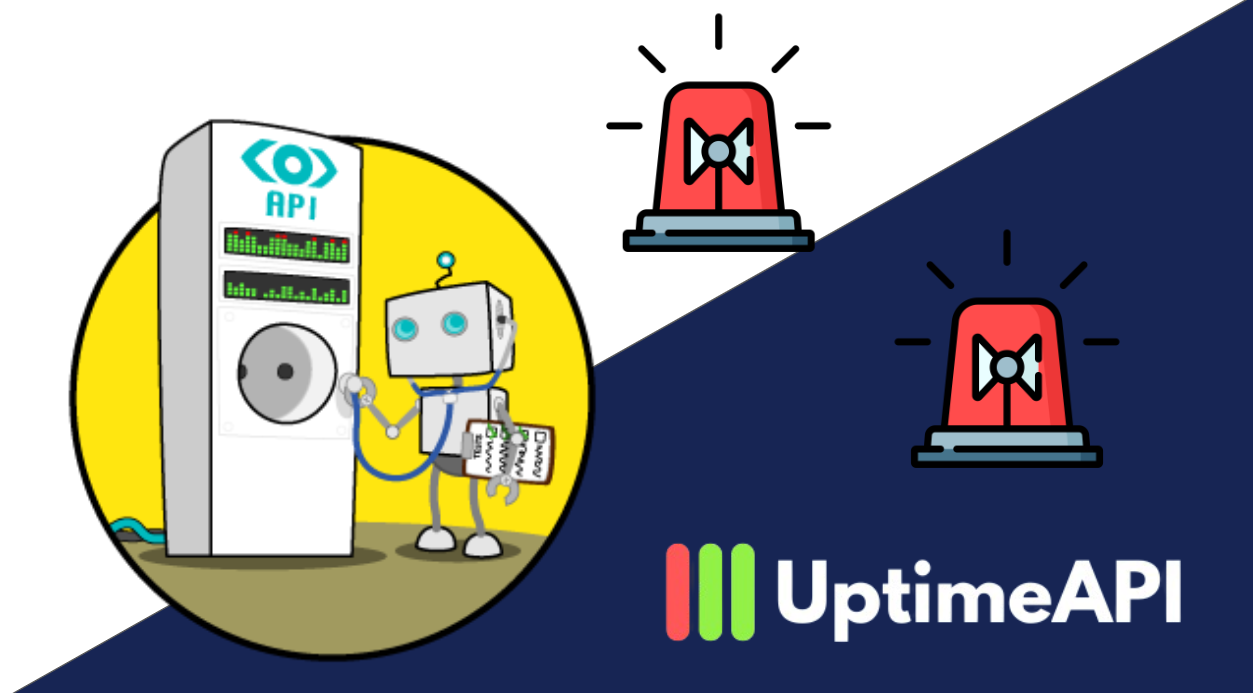REST API Uptime: Top Tool for Continuous Availability

A REST API Uptime monitoring tool can provide the instant insights necessary for maintaining uninterrupted services. Uptime API, a cutting-edge solution for real-time API monitoring, is a top tool for continuous availability. It helps track the health of your APIs by providing timely alerts and performance data, so your team can resolve potential issues before they impact users. This ensures that your applications and services stay operational at all times, supporting optimal performance and user satisfaction.
What is Uptime API?
Uptime API is a robust monitoring platform designed to keep developers and businesses informed about the status of their APIs. It provides real-time insights and alerts about API performance, uptime, and issues. Whether you are running public or private APIs, this tool checks endpoints regularly to detect failures and anomalies. Uptime API’s ability to monitor API uptime at specified intervals, and its support for multiple notification channels, makes it an invaluable resource for any development team aiming to maintain high service availability.
Key Features of Uptime API
Real-time Monitoring and Alerts
One of Uptime API's standout features is its ability to monitor API status in real time. You can set custom intervals (as short as 60 seconds) to check the health of your APIs. This proactive approach ensures that potential downtime or issues are detected as soon as they occur, enabling swift action to mitigate any risks.
Customizable Alerts
Uptime API offers flexibility in its alert system. Developers can configure alerts via email, SMS, or webhooks, which ensures that the right person is notified when a problem occurs. This can significantly reduce response times and help teams resolve issues quickly, preventing longer outages.
Error Logs and Historical Data
The platform also provides detailed error logs and performance reports, allowing you to analyze API behavior over time. By reviewing these logs, you can identify recurring issues, track improvements, and make data-driven decisions about your API’s infrastructure and development.
Multi-API Monitoring
Uptime API supports monitoring multiple APIs, making it a perfect tool for businesses with complex systems. With various pricing plans, users can monitor up to 200 APIs depending on their chosen package. This is essential for organizations looking to ensure the reliability of a large number of APIs simultaneously.
Example Request
{
"name": "Horoscope API Monitor",
"team_id": 1,
"method": "POST",
"url_or_ip": https://zylalabs.com/api/891/horoscope+api/3527/by+date,
"interval": "every_60_sec",
"timeout": 30,
"alert_when": "kwd_not_exists",
"keyword_to_check": "Horoscope",
"headers": {
"Authorization": "Bearer API_Key"
},
"parameters": {
"sunsign": "gemini",
"date": "2022-05-16"
}
}
How Uptime API Enhances API Availability
Maintaining API uptime is essential for the continuity of services in today’s interconnected world. By providing real-time insights and instant alerts, Uptime API empowers developers to react swiftly to any issues that arise. The ability to monitor API performance continuously means that businesses can reduce the chances of experiencing unplanned downtime. This improves overall system reliability, ensuring a seamless experience for end-users.
Furthermore, Uptime API's comprehensive approach to monitoring – with customizable alerts, flexible monitoring intervals, and in-depth historical data – ensures businesses are always prepared. The reports generated help organizations make informed decisions about their APIs, ultimately enhancing overall service quality and availability.
Check This YouTube Video!
Conclusion
In conclusion, Uptime API is an exceptional solution for developers looking to optimize their API’s availability and performance. With its real-time monitoring, customizable alerts, and powerful data analytics, it stands out as a top tool for continuous availability in the ever-evolving digital landscape. By adopting Uptime API, businesses can ensure that their APIs remain fully operational, reducing the risk of downtime and ensuring smooth, uninterrupted service for end-users.
